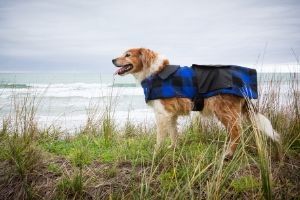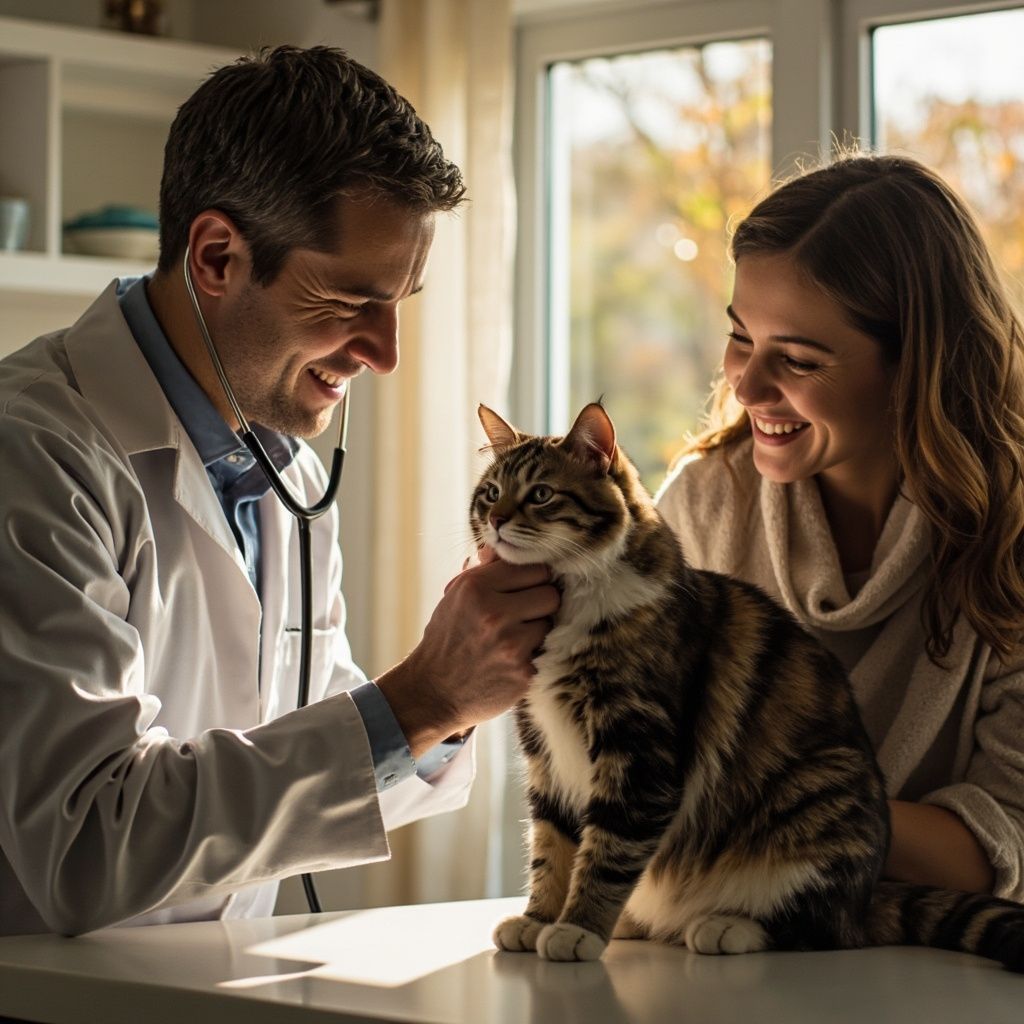6 Things You Need to Know Before Hiking With Your Dog
The warm weather has returned, which means the prime hiking season has begun! If you have an adventure pup that is your faithful companion on the trails, you may be wondering what you need to do to make sure they can recreate safely as well. While hiking with your hound can be a fun-filled day of adventure and a good source of dog exercise , there are certain things you can do and pack and other things you can avoid to make sure the day doesn't go awry.

1. Let’s Start With The Basics: Gear
What gear do you need to take your dog hiking with you? At a minimum, your dog will need a collar and a leash. Check your county laws before heading out to hike, as your dog is likely required to have an up-to-date rabies vaccine and a county license, both of which can be done at most veterinary offices.
Your dog's collar should also include an ID tag with important information, such as their name and your contact information in case they get lost. Taking an even more proactive approach, you've hopefully already had your pooch microchipped to ensure their safe return if lost or stolen. It's an easy procedure that your veterinarian can perform to prevent the heartbreak of losing a pet. The chip can be scanned when the dog is turned in at a pound, shelter, or veterinary office.
Of course, be respectful of nature and your fellow hikers by bringing poop bags. Always make sure to have a few poop bags on you so you may responsibly dispose of your dog's excrement in a designated receptacle. And you never know when a fellow hiker might have forgotten their stash, so it's a good idea to attach an ample supply to your leash.

2. What Do I Do If My Dog Pulls While Hiking?
If your dog is a puller, we recommend also using a chest-led harness to prevent strain on their neck and easier handling for you! If it's a frequent occurrence, you might have to do a bit of training, such as stopping every time your dog does this and standing still. Your dog will hopefully learn that, to continue the fun of hiking, they need to stop the pulling behavior.
Unlike what some might say about a dog that pulls, your pet isn't necessarily trying to be aggressive or the "alpha" by doing this. It's more than likely they are just thrilled to be outside and anxious to see what's waiting around the next corner. If the pulling continues to be a problem, you might consider getting a professional trainer to work on this dog behavior you so you can nip the problem in the bud and get your hiking partner back.

3. How Hot Is Too Hot?
With temperatures rising, it's important for dog owners to know what times are best to take the pup outside. This question is slightly subjective, as every dog is different as is the climate in every city. Every dog should be monitored based on their tolerance to heat to be sure they are not being pushed beyond their limits. Brachycephalic dogs (dogs with pushed-in faces) such as Pugs and Bulldogs tend to overheat more easily than other dog breeds.
A good rule of thumb is to be mindful of how hot the ground is. The ground (even dirt) is always warmer than the air temperature during the day. Paved trails and paths will get significantly hotter than dirt, but both heat up quickly. For example, when the air temperature is 77 degrees, the asphalt can reach up to 125 degrees. Walking your dog on a surface that is too hot can burn their paws, and significant medical intervention can be required to treat this painful condition.

4. Should My Dog Wear Booties?
Booties can be a helpful piece of gear to protect your pet’s paws from dangerous temperatures. When shopping for booties, look for a pair that is breathable with good protection under the pads of their paws, such as the Grip Trex booties from Ruffwear. You will want to avoid booties that will trap in too much heat or those that will not provide enough protection underfoot from high temps. Try them out at home first to get your dog used to wearing them.

5. Trail Awareness is Key
Before you embark on an adventure, it is important for you to be well versed on the trail you will be traveling on.
A few things to know about your hiking trail before you go include:
- Are dogs allowed off-leash?
- How long is the trail?
- Will there be a water source for your pup or do you need to pack some?
- Will trash cans be available?
Doing your research prior to your hike will make for a much more enjoyable hike. And while we do recommend knowing about the water sources on the trail, we always recommend bringing a more-than-ample supply for you and your pup just in case.
6. Some Extra Precautions to Take
Dogs are curious by nature, and sometimes this curiosity can lead them to get into things they aren’t supposed to. If you have an adventurous pup (and, really, even if they're not), we recommend they are on a veterinary flea and tick preventative during the warmer months, and on heartworm preventative year-round. We also recommend testing a fecal sample at your dog's annual exam each year to be sure your dog hasn’t picked up any intestinal parasites.
Want to make sure your dog is up to date on everything they need in order to make hiking a safe and fun sport for you both? Give us a call !
Recent Posts










